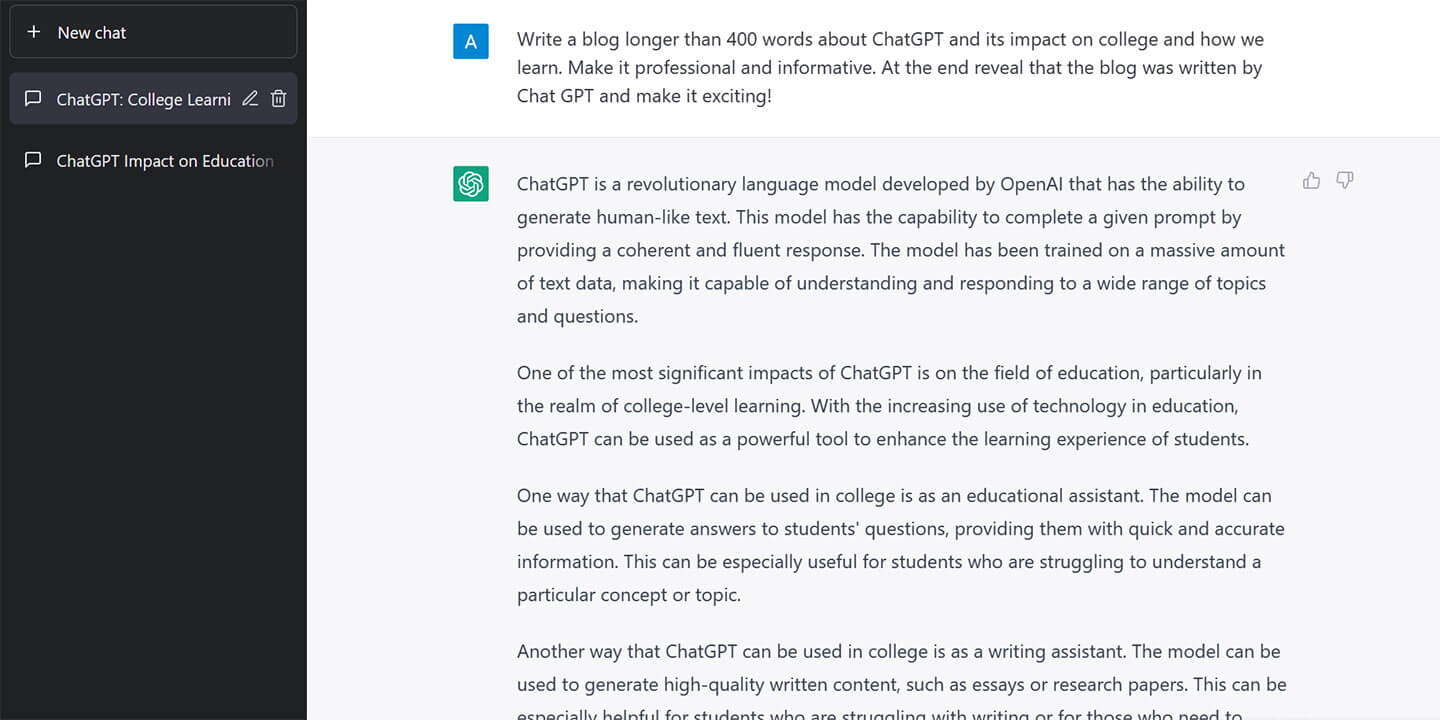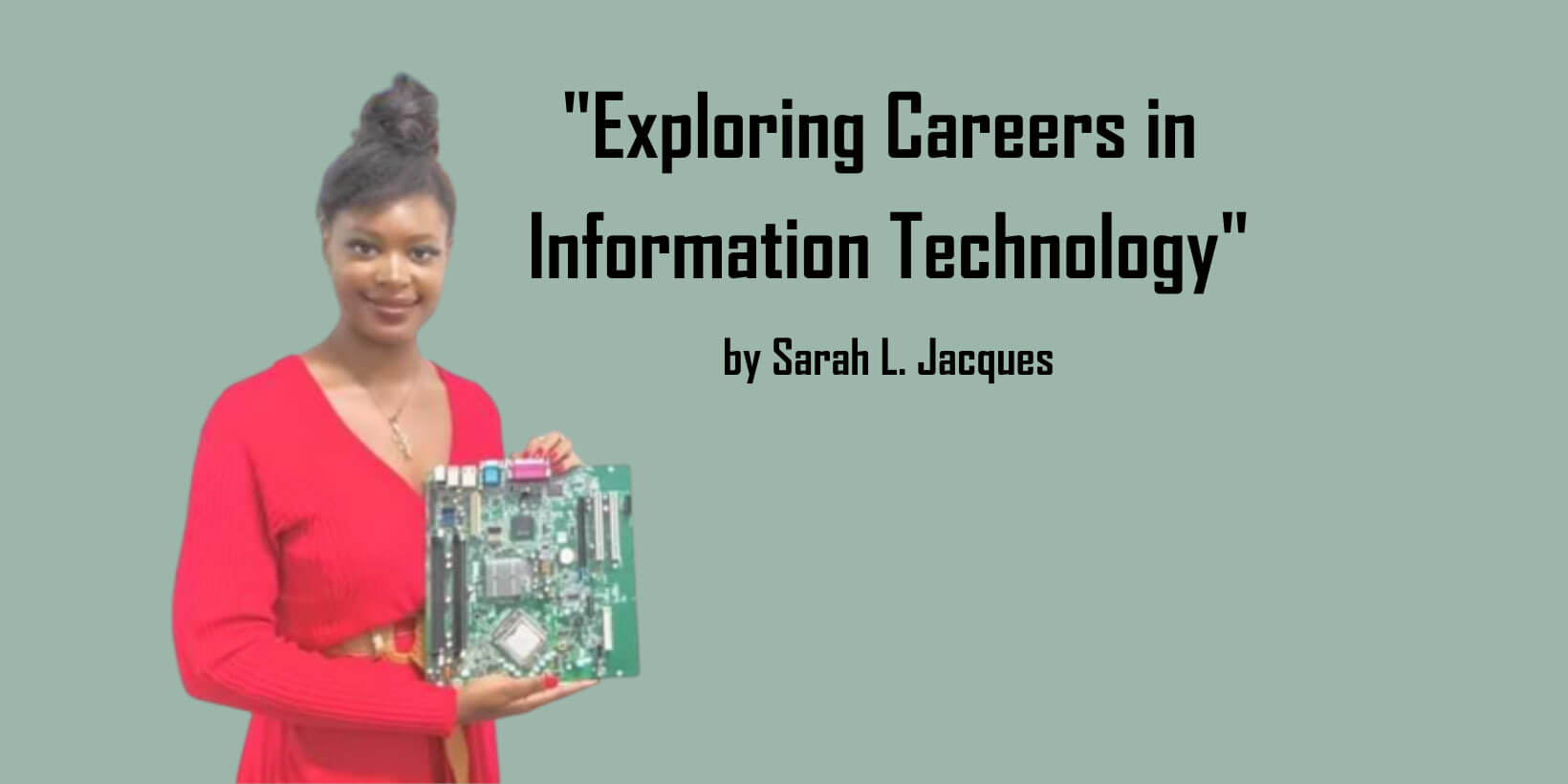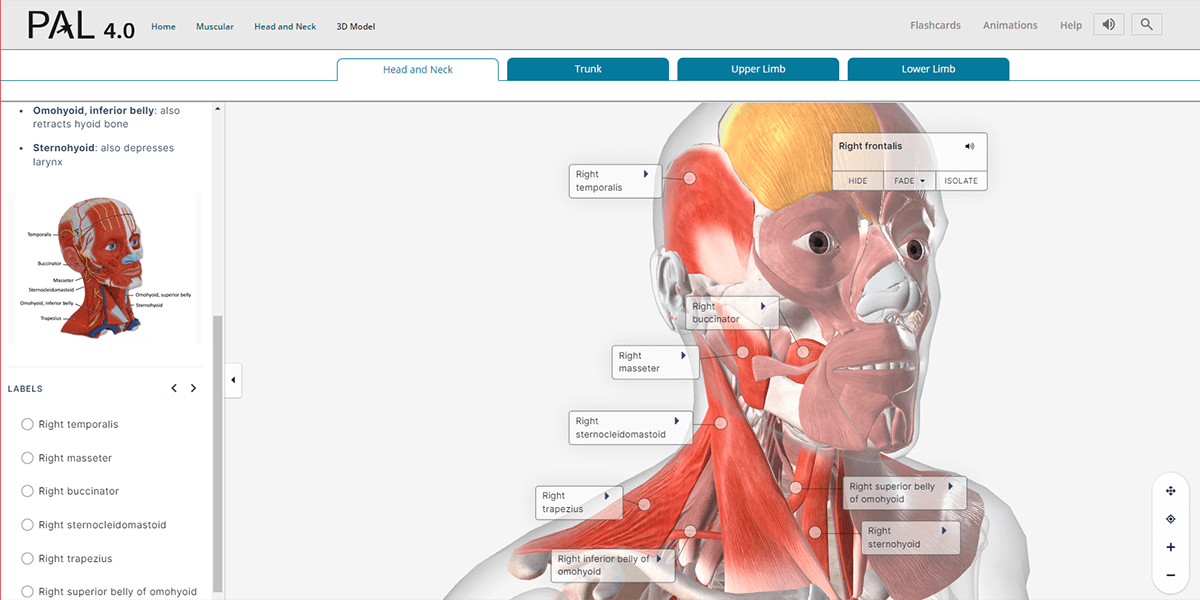
Don’t Sleep on Sleep
Some of the best things happen at night: late night talks with your roommates, warm cookies coming out of the oven, dance parties, social events, etc. It seems like there's always a reason to stay out and about, bright-eyed and experiencing whatever it is that's happening in the moment. Sometimes we stay up late for less exciting things too — whether it's slowly typing away at that essay that's due tomorrow, cramming for an exam, or finishing up something for work. No matter what incentive or obligation you're staying awake for, I'm here to tell you that this is your sign to PRIORITIZE your sleep!
How Much?
The age-old question: how much sleep do I really need? Can I get by on 5 or 6 hours if I just drink coffee? Well, yes. But the data has made it clear that the tendency to rely on caffeine and energy drinks in replacement of a good night’s sleep is not sustainable. With all the fun things in life in addition to our various commitments, it can be difficult to set aside the proper amount of time for sleep, especially when we can mask exhaustion with caffeine so easily. Caffeine, however, does not grant us the dozens of health benefits that sleep does. Mere attentiveness only scrapes the surface of sleep benefits. Some advantages to sufficient sleep include: a stronger immune system, regulation of your metabolism, lower risk for diabetes and heart disease, lower stress levels, heightened mood throughout the day, memory processing, reduction of brain fog and an increase in neural clarity, higher productivity, and much more.
Think Of the Time You Waste Instead of Sleeping
It’s easy to snuggle into bed and stay awake for hours scrolling on our phones. As the minutes tick away, we sometimes don’t realize the comparative advantage we give up each and every night to others with time spent in the black hole of social media. Think of the extent to which you could truly apply yourself in all aspects of life with just a little bit more energy. If you weren’t dragging through the day looking forward to that midday nap, where would you see yourself? What could you be using that time for?
Sleep Affects Your Immune System
Additionally, sleep deprivation makes us significantly more susceptible to falling ill. Why do you think college kids are constantly coughing and sniffling? I attend Notre Dame, and I’m confident we had 3-4 flu seasons at school this past year. I managed to remain mostly healthy throughout the year – until the very end. After one week at home after spring semester, I went to the doctor suspecting I might have pink eye. My eyes were a little swollen, and I felt exhausted and unlike myself. My doctor immediately insisted on testing me for mono, and 15 minutes later, I received results that I was positive for mono.
The pure fatigue I endured with mono completely changed my perspective on sleep. While I can’t say that sleep deprivation towards the end of spring semester is directly correlated to my diagnosis, I do think I would’ve had a much milder case if I had prioritized sleep in the weeks prior. For two weeks after my diagnosis, I slept whenever I felt drowsy, which was very frequently. For someone who loves to keep busy and take on everything, this seemingly never-ending treatment of “rest” was horrible. All I wanted to do was go spend time with my friends, play tennis, and get out and about – but I legitimately would begin to feel exhausted after 20 minutes of activity. It took a while, but I fully recovered. Now, I’ve converted my schedule to prioritizing sleep – both to recover and to change my old habits for the future.
So, all this is to say – SLEEP! If you get between 7-8 hours per night as a young adult, your body will be well-equipped to protect you from illnesses and keep you performing at your best–not to mention you’ll have much more endogenous energy. Fun Fact: March 17th is World Sleep Day. But no matter what day it is, don’t sleep on sleep!
Do you have a compelling story or student success tips you’d like to see published on the Pearson Students blog? If you are a college student and interested in writing for us – click here to pitch your idea and get started!







